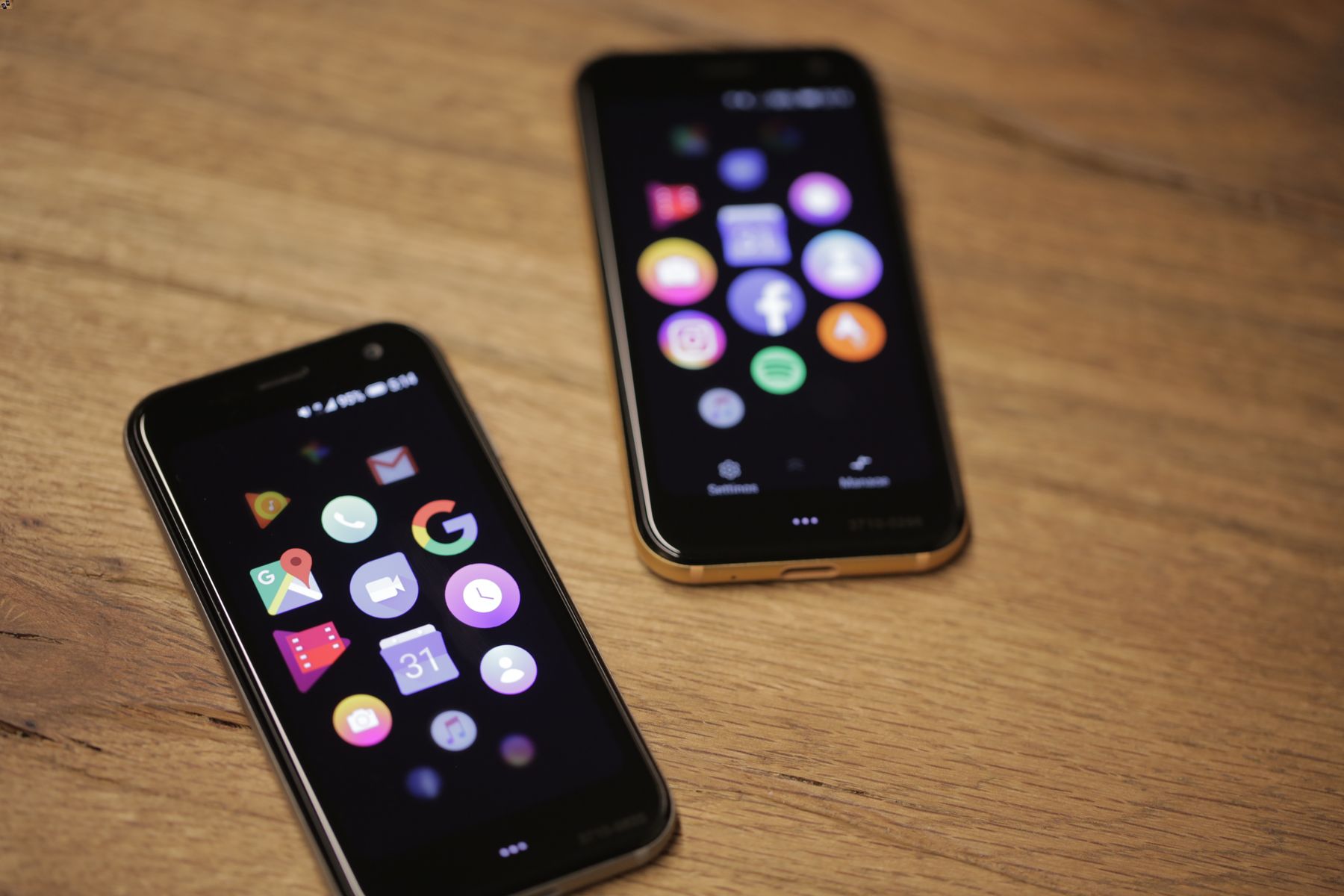
The Dawn of Small Phones: A Historical Perspective
The first iPhone, released in 2007, revolutionized the smartphone industry with its 3.5-inch display. This size was considered ideal for one-handed use and fit neatly in pockets. However, as technology advanced and screen sizes increased, the trend shifted towards larger displays. The original Note from Samsung, with its 5.3-inch screen, seemed quaint compared to today's behemoths.
The Rise of Touchscreens and App Stores
The introduction of the iPhone and its touchscreen interface marked a significant turning point in smartphone history. The App Store, launched in 2008, opened up a world of third-party applications, making smartphones more than just communication devices. Google followed suit with the G1 (HTC Dream), which featured an app store of its own. These innovations catapulted Android into the mainstream, with the original Droid celebrating its 10th anniversary in 2023.
The Decline of Small Phones
As manufacturers continued to push the boundaries of screen size, smaller phones became less popular. The proliferation of larger screens was driven by a continued spec war and advancements in panel technology. By 2017, smartphone screen sizes had settled into a sweet spot between five and six inches, but this was short-lived. The trend towards bigger phones continued unabated, with even Steve Jobs' declaration of the 3.5-inch screen as the ideal size being proven wrong by the relentless march of technology.
The Quest for Smaller Phones: Eric Migicovsky's Initiative
Eric Migicovsky, the founder of Pebble and Beeper, is one of the most vocal advocates for smaller phones. In 2022, he launched a petition to bring back the small phone, citing several reasons why smaller devices are preferable. These include:
- Fits Nicely in Pocket: Smaller phones are easier to carry around, making them ideal for everyday use.
- Lighter and Easier to Use: They are significantly lighter and easier to handle with one hand, reducing the likelihood of dropping them.
- Safety: Smaller phones are less likely to fall out of pockets while engaging in activities like bicycling.
Migicovsky believes that a community-driven effort could convince manufacturers to produce smaller phones again. He estimates that around 50,000 signatures would be necessary to make a compelling case for a premium, sub-six-inch Android handset. Currently, his petition has garnered around 20,000 signatures, with a goal of reaching 50,000 to persuade manufacturers like Google or other Android manufacturers to take up the challenge.
Modern Options: Available 3.5-Inch Android Phones
While the market for small phones has dwindled significantly, there are still some options available for those who prefer a more compact device:
Unihertz Jelly Pro
The Unihertz Jelly Pro is one of the smallest 4G smartphones available, boasting a 2.45-inch display and weighing just 60.4 grams with the battery included. It runs on Android 8.1 Oreo and features a quad-core processor, 3 GB of RAM, and 32 GB of storage. The phone also includes 4G LTE connectivity, GPS, Bluetooth 4.0, and a rear camera with 8 MP resolution.
Asus Zenfone
The Asus Zenfone series has been a notable exception in the trend towards larger screens. Although not officially available in India, the Zenfone 10 is often recommended for its compact size and high-end specifications. It has a display size similar to older 5-5.5 inch phones but comes with advanced features like high-end processors and cameras.
Pixel 4a and 6a
For those who prefer Android but are not strictly bound by the 3.5-inch requirement, the Pixel 4a and 6a offer a balance between size and functionality. These phones are known for their excellent cameras and efficient performance, making them suitable for daily use without being overly large.
The Necessity of a Good Camera
One of the primary concerns for smaller phone enthusiasts is the camera quality. Eric Migicovsky acknowledges this need, stating that a good camera is essential for a primary phone. While there are many compact cameras available, integrating them into a small phone can be challenging due to space constraints.
Final Thoughts
The quest for smaller Android phones is not just about nostalgia; it's about functionality and user experience. As technology continues to evolve, it's clear that there is still a market for compact devices that fit neatly in pockets and are easy to use with one hand. While the options may be limited compared to larger screens, there are still some excellent choices available for those who prefer a more minimalist approach to smartphones.
In summary, exploring 3.5-inch Android phones is not just about revisiting the past; it's about understanding the present and future needs of smartphone users. Whether it's through community-driven initiatives or innovative designs from manufacturers, there is always room for smaller, more practical devices in the ever-changing landscape of mobile technology.
